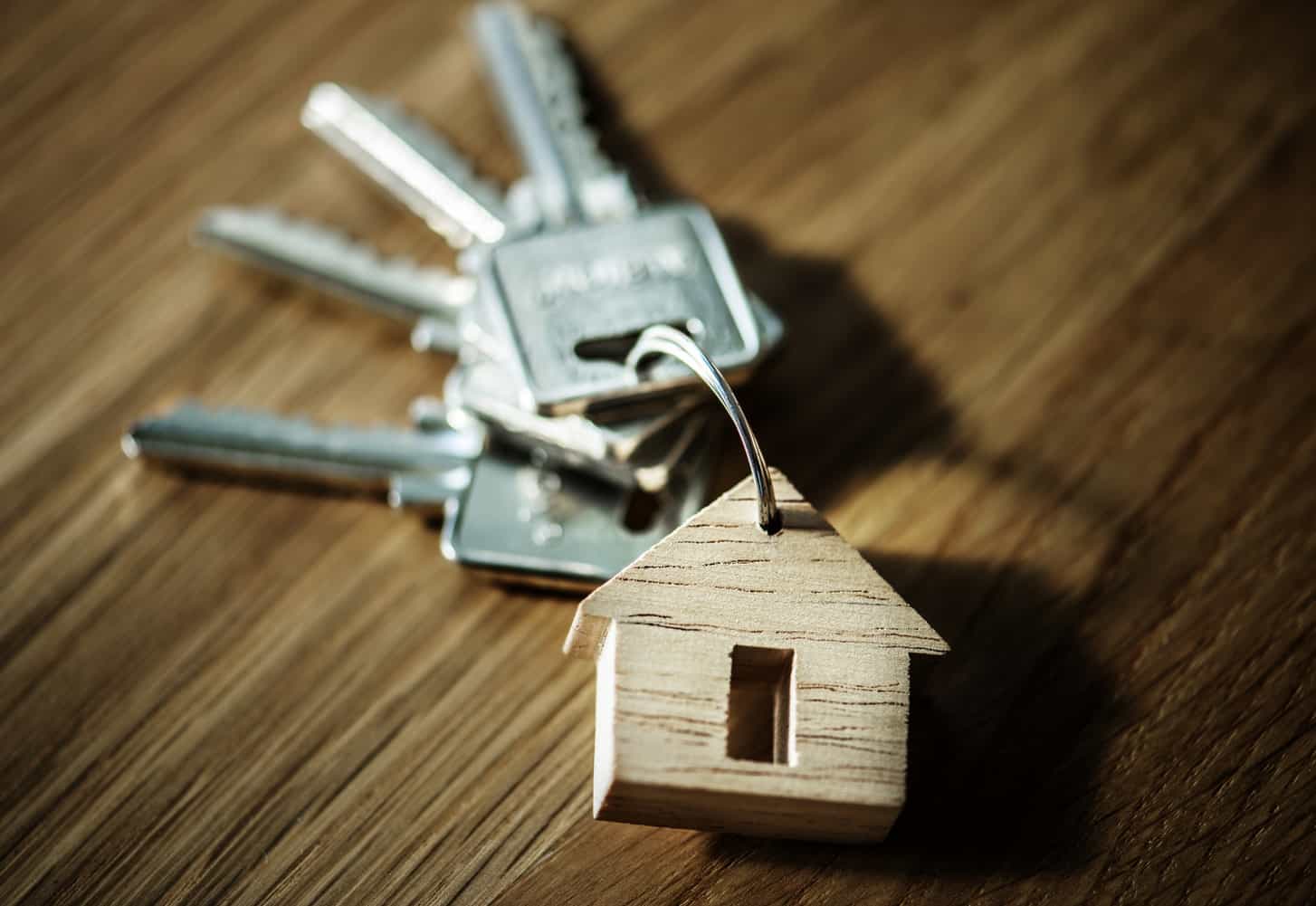If you are considering ways to increase your income during retirement, a home loan may spring to mind.
However, a standard mortgage has certain drawbacks, including adding to your regular scheduled bills because you have to repay it incrementally at set intervals.
A reverse mortgage, which is available to you if you are at least 62 years of age, is a more long-term solution designed to make it easier for you to enjoy your retirement in financial comfort. Here are some more need-to-know facts about reverse mortgages.
When You Have to Pay a Reverse Mortgage Back

If you obtain a reverse mortgage, you somewhat control when you have to pay it back. That is because complete repayment to the reverse mortgage lender is not required for as long as you continue to live in and maintain your home.
You also retain ownership of the home for the length of the loan. Additionally, having no regularly scheduled payments to your reverse mortgage lender to worry about means you cannot default by missing a payment.
Checking the Reverse Mortgage Fund Availability

Checking fund availability is one important step when considering a reverse mortgage. To do so, you must figure out the total value of your home. Then you must determine the percentage of that home equity you can legally borrow.
The United States government has regulations in place to help make that determination. There are also reverse loan application calculator tools you can use to make those calculations for you. After the reverse mortgage calculator is used, you and your lender can set up the terms of the loan accordingly.
Methods for Receiving Reverse Mortgage Funds

There are several methods for receiving reverse mortgage funds. One option is to request a home equity line of credit. It is like having a credit card with a balance equivalent to the total amount of equity you are allowed to borrow. You can withdraw the exact amount of money you need when you need it.
A second option is to request a large lump sum payment to cover a major expense. However, one of the most popular options is to request monthly installment payments from your reverse mortgage lender. That option is helpful if you want to use the money to pay ongoing, predictable bills, such as utilities.
What You Need to Know About Spending Reverse Mortgage Funds

You can spend the funds you receive through a reverse loan in any way you like with minor exceptions. First, you must pay closing costs and associated fees when entering into the reverse mortgage agreement. Those funds are automatically deducted before the first payment is issued to you.
Second, if you already have a standard home loan, you are required to pay it off completely using some of the funds you get from the reverse mortgage right away. After that, you are free to spend the remaining funds for any desired purposes.
Reverse Mortgage Agreements and Home Ownership

Before obtaining a reverse mortgage, you must understand you will continue to own your home while it is mortgaged. In fact, you are required to pay the taxes on the home and manage the upkeep of the property for the duration of the loan agreement. All home maintenance responsibilities will remain in your hands.
At the same time, since one of the terms of the loan is you have to continuously live in the home, eviction for violation of the loan terms is impossible. Therefore, you can live in your home securely and with the financial flexibility, you need to maintain your comfort during retirement.